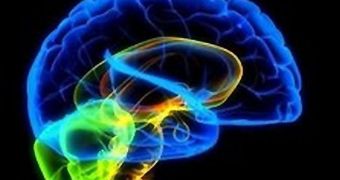According to the director of Project Blue Brain, the first full replica of a functioning human brain will be completed within 12 years. A group of nine top experts in Europe is carrying out the task, led by expert Dr. Henry Markram.
The scientist, who holds an appointment as a neuroscientist at the École Polytechnique Fédérale (EPFL) in Lausanne, Switzerland, says that the computer model will finally allow scientists to get a more thorough glimpse into the way the brain is set up.
Project Blue Brain aims to reverse engineer a fully-functioning brain from laboratory data, the team leader explains. The endeavor was started back in 2005, and is well on its way towards producing the expected result.
“We cannot keep on doing animal experiments forever. There are two billion people on the planet affected by mental disorder. The project may give insights into new treatments,” he told attendants at the TED Global Conference, in Oxford, England.
“It's a new brain. The mammals needed it because they had to cope with parenthood, social interactions, complex cognitive functions,” he added.
“It was so successful an evolution from mouse to man it expanded about a thousand fold in terms of the numbers of units to produce this almost frightening organ. It is evolving at an enormous speed,” the expert argued.
The issue now is getting a hold of brains to study. In the past, similar investigations were carried out in animal models such as rats, whose brains could be extracted every time researchers needed new data.
But this obviously cannot be done with humans, especially considering that the brains need to be kept alive while they are cut into thin slices, and have their individual neural pathways exposed, Daily Galaxy reports.
A collaboration of researchers from the Swiss Mind Brain Institute and the Jülich Research Center near Cologne is the only group ever to have succeeded in modeling the animal brain. But they only simulated a neocortical column of the rat brain.
For this job, they needed a few years, and a 10,000-processor IBM Blue Gene supercomputer. In the end, they only managed to map a small fraction of a full brain, However, doing so with the human brain, and in a little more than a decade, is going to be extremely challenging.

 14 DAY TRIAL //
14 DAY TRIAL //